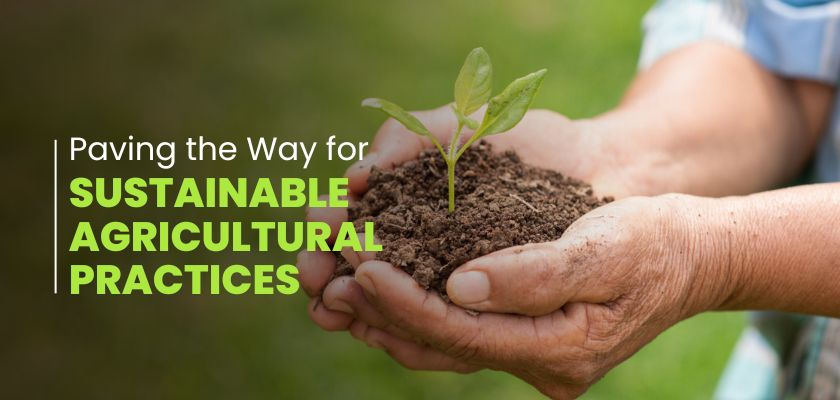Creating a farm sustainability plan is a crucial step for farmers who want to ensure the long-term viability of their operations while minimizing environmental impacts. A sustainability plan helps farmers make informed decisions about resource management, reduces risks, and can improve farm productivity and profitability. Here’s a step-by-step guide on how to create a farm sustainability plan.
Step 1: Assess Current Farm Practices and Goals
Begin by evaluating current farming practices, including crop rotation, soil management, water usage, pest management, and energy consumption. Identify goals for sustainability, such as reducing water usage, minimizing chemical inputs, or improving soil health.
Step 2: Identify Key Sustainability Issues
Determine the key sustainability issues on the farm. This might include soil erosion, water scarcity, loss of biodiversity, or high energy consumption. Prioritize these issues based on their impact on the farm’s sustainability goals.
Step 3: Set Specific Sustainability Objectives
For each identified issue, set specific, measurable, achievable, relevant, and time-bound (SMART) objectives. For example, “Reduce water usage by 20% in the next 3 years” or “Increase soil organic matter by 1% in 2 years.”
Step 4: Develop Strategies for Achieving Objectives
Create strategies to meet each sustainability objective. This might involve adopting practices like conservation tillage, integrated pest management, crop rotation with cover crops, or using renewable energy sources. Consider the costs, benefits, and feasibility of each strategy.
Step 5: Implement the Sustainability Plan
Put the plan into action. This involves allocating resources, training staff if necessary, and starting to implement the chosen strategies. Monitor progress regularly to ensure the plan is on track.
Step 6: Monitor Progress and Evaluate Outcomes
Regularly collect data on the outcomes of the implemented strategies. Compare these outcomes to the objectives set in the plan. Evaluate what’s working and what might need adjustment.
Step 7: Review and Update the Plan
Sustainability plans should be living documents. Annually review the plan and update it based on progress, changes in farm operations, or shifts in sustainability goals. This ensures the plan remains relevant and effective.
By following these steps, farmers can create a comprehensive farm sustainability plan that helps achieve environmental, economic, and social sustainability goals.

